Cabo Verde / São Tomé e Príncipe; The Unusual Islands
There are an awful lot of places in the world to explore, and I am sure that these Portuguese islands dropped apparently randomly into the Atlantic Ocean are not high on many travellers’ bucket lists. But they should be; São Tomé e Príncipe and Cabo Verde offer travellers and tourists alike a remarkable experience, and one that would be difficult to duplicate.
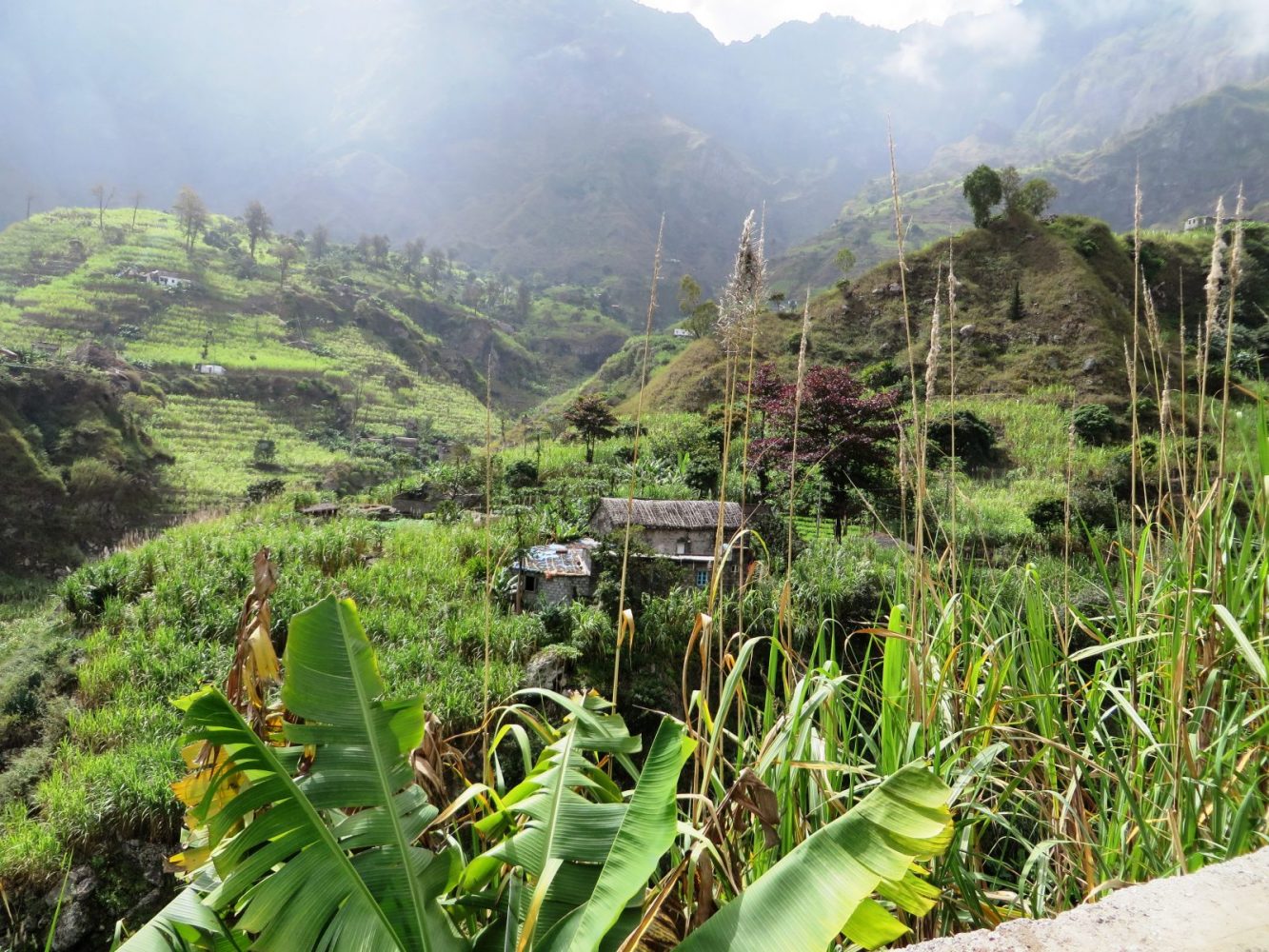
Portugal in Africa
The Portuguese were amazing explorers; talk about itchy feet, they headed out into the ocean in the fifteenth century, and possibly long before, in search of “something”.
I still reel at the audacity of a small boat with about twenty overdressed folks wearing pretty funny hats rocking up to a jungly shore and declaring the “Whole Land” for a distant crown.
They usually didn’t even know how big it was, or if a bunch of Spaniards or Vikings had landed ten miles away with the same idiotic proclamation.
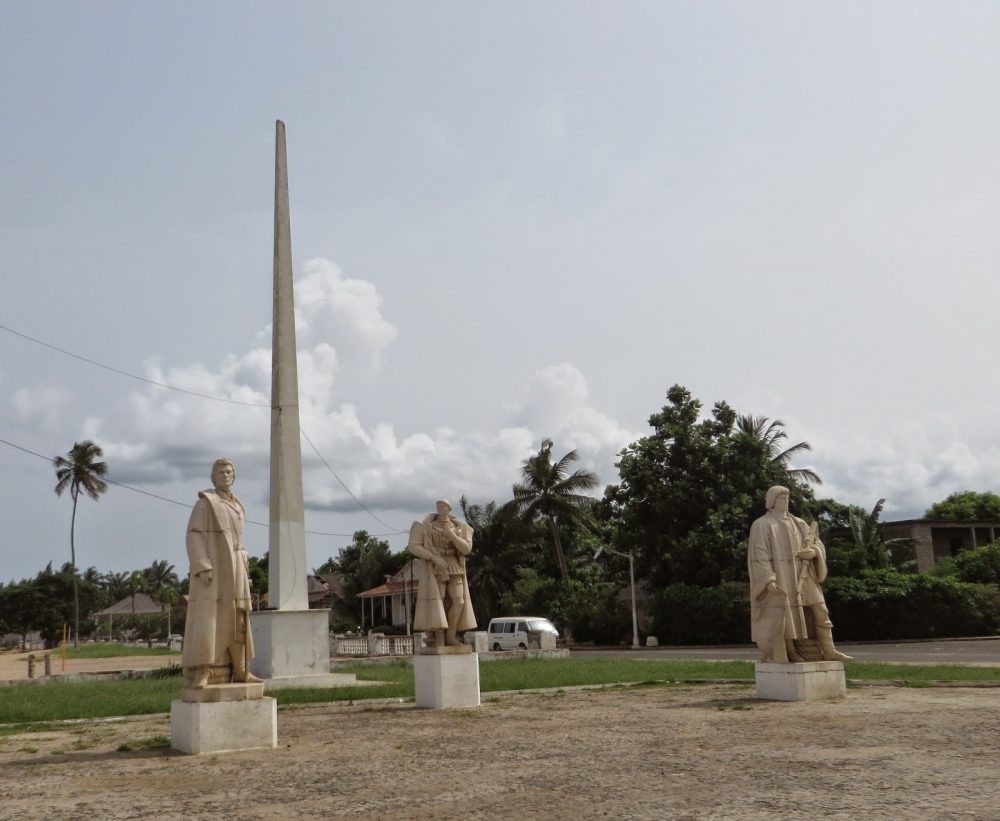
However, as improbable as it was, this sort of approach to nation-building seemed to work, for a while at least. And so it was that before the fifteenth century turned to the sixteenth, the islands of Cabo Verde and São Tomé became part of the Portuguese kingdom. That was a long, long time ago, and possession of these islands seemed to be good business, and a powerful determinant in the Iberian nation’s conquest of all sorts of places, and dominance of many exotic trades.
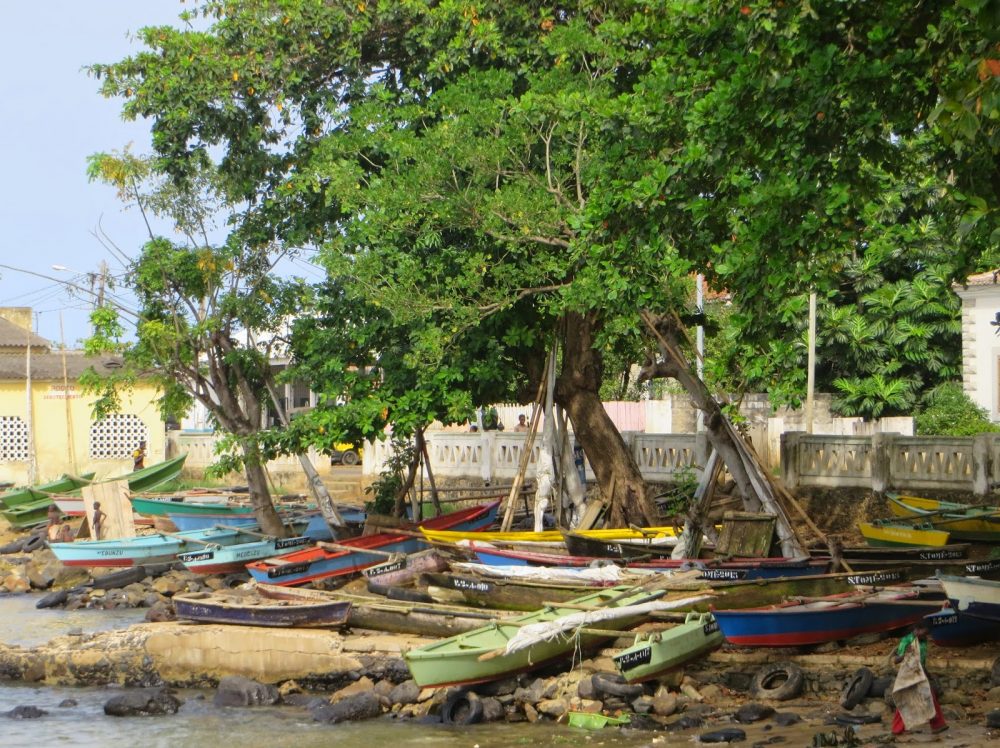
And so we fast forward through centuries of power, economic fortunes, appalling human rights, dictatorships, wars, dreadful weather and the economic pillaging of the European power to today.
The legacies of all of these misfortunes are apparent; dilapidated Portuguese architecture (which I have to confess I find extremely attractive), imbalanced economies, poor education and medical facilities and economies that are spluttering to life.
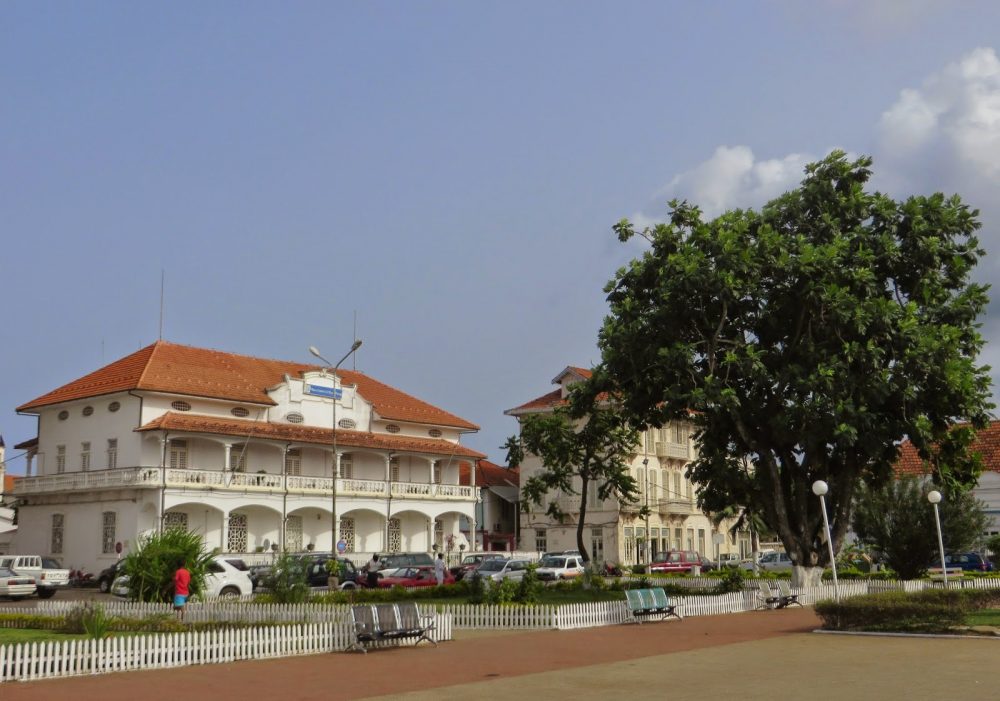
We also find, however, lands of powerful beauty, people with extraordinary personality, destinations that offer visitors an authentic and comfortable experience and people with a passion for their country’s future and smiles the size of a planet. In short, Cabo Verde and São Tomé offer visitors an experience unlike any other that it has been my privilege to experience.
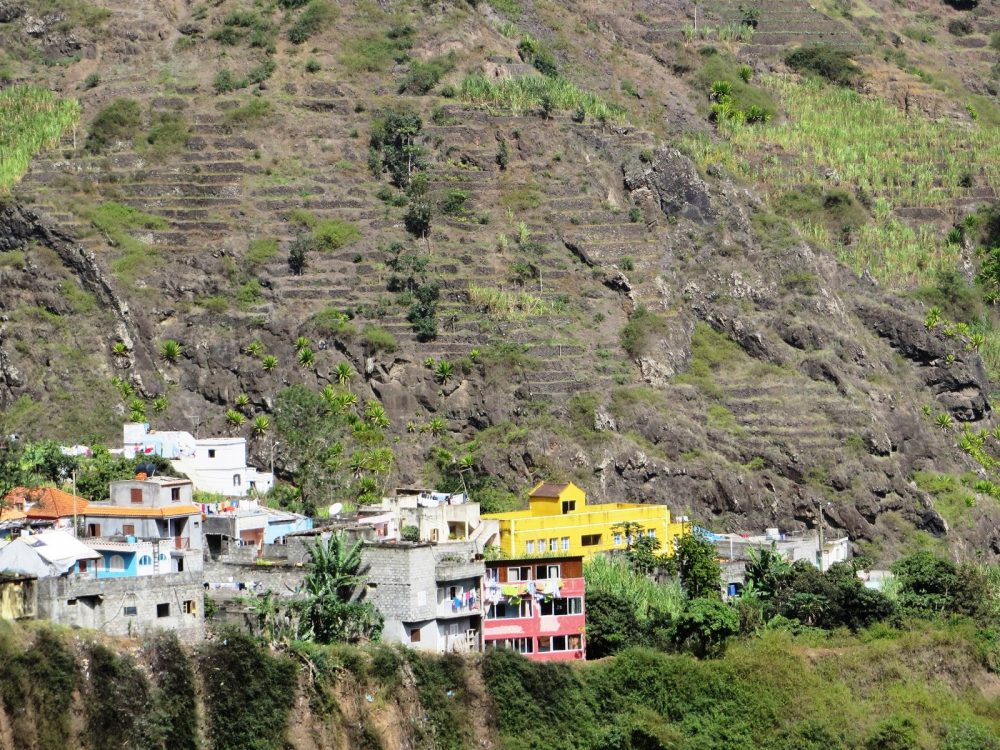

Accommodations ranges from the world-class facilities operated by the Portuguese Pestana Group to small guesthouses; food covers the same compass and local guides are equally variable.
Beaches are fewer than one might imagine, with the exception of Sal and Boa Vista in Cabo Verde, and some pleasant but mainly isolated beaches in São Tomé but it is for the culture and life of these islands that visitors should come.
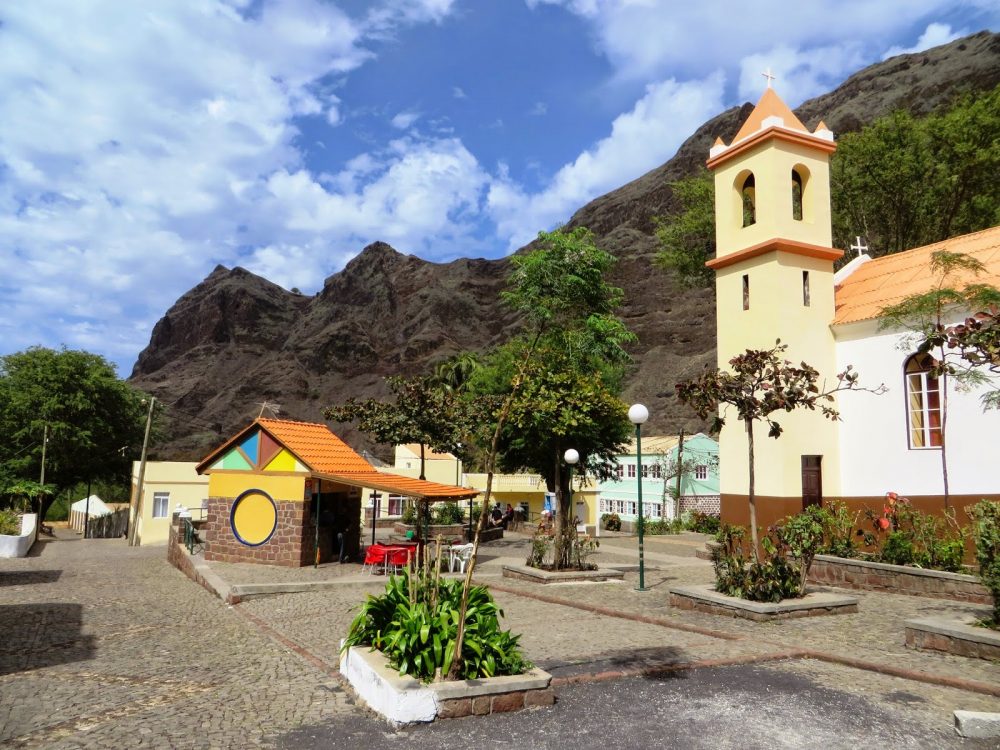
Access is pretty straightforward; Cabo Verde has direct flights from Europe, the USA and Brazil, and São Tomé from Lisbon and a number of African gateways. Flights between the islands (a five-hour hop) are offered by the Angolan airline TAAG twice weekly, and I can personally endorse their offering.
While reliability can be a problem (see my TACV rant), they are the only way to really make a visit here work; the answer is, of course, to build sufficient time into an itinerary to compensate for delays; and purchase suitable travel insurance to cover any additional costs.
Travel in the islands is certainly bound by different time scales. I do not think that there is a word in the local vernaculars that conveys the sense of urgency that is implied by “manhana”.
Time is one’s friend and one’s nemesis, but all will be revealed by both lands with sufficient patience and care. They are islands after all, and islands are by nature and definition insular; change comes slowly and with reservations; the lands are old and bruised, the future unfolds carefully.
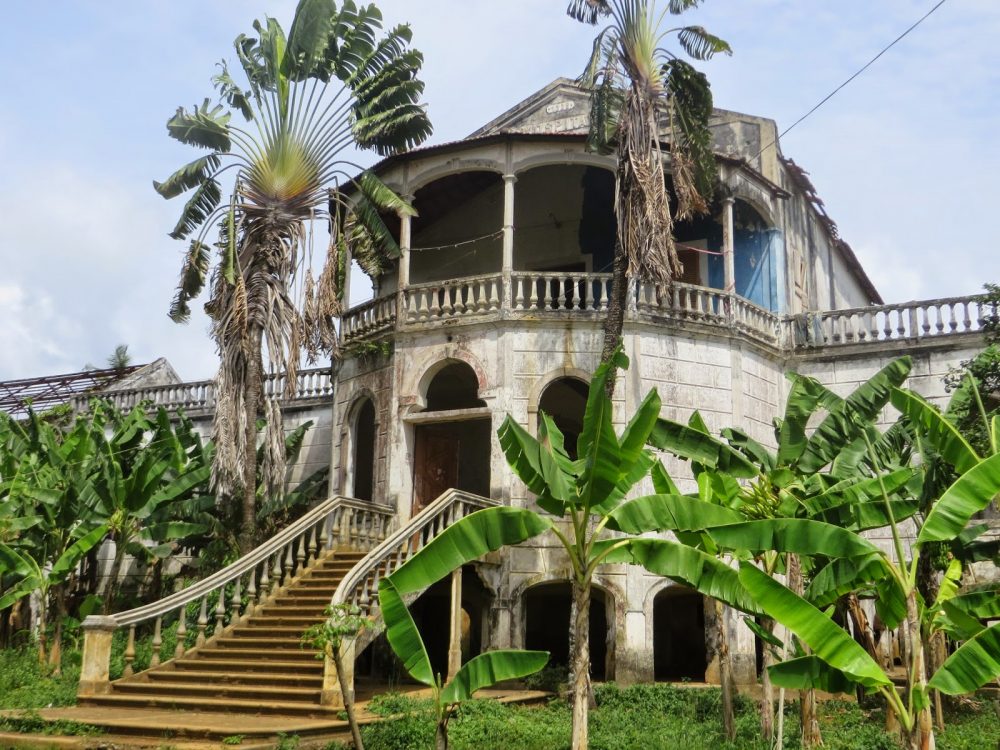
Portugal has left a remarkable legacy and these remote islands (“Small, but perfectly proportioned”, as my cousin Jude remarks) offer visitors a remarkable experience.
Balancing the powerful beauty of São Antão, the haunting musical heritage of São Vicente, the raw power of the island of Santiago in Cabo Verde with time in the tropical beauty of São Tomé will reward those who try.
The balance of nature, culture and sheer interest is overwhelming; accommodation is available to suit all tastes, with the obvious exception of those who seek the solace of sneeze-shield-protected-buffets in Caribbean all-inclusive (and good for them if that’s what they like), and itineraries can be designed to suit folks of any inclination or interest.
Those seeking hiking, music, beaches, language, history, art and even those who are interested in economic development and remote social systems will be delighted with the opportunities offered by these unheralded islands.
Visitors will be rewarded in so many ways; from the bright smiles and giggles of the school children headed off to class to the wonderful fresh seafood, from verdant hills to the stunning seascapes the islands offer a great deal to their visitors.
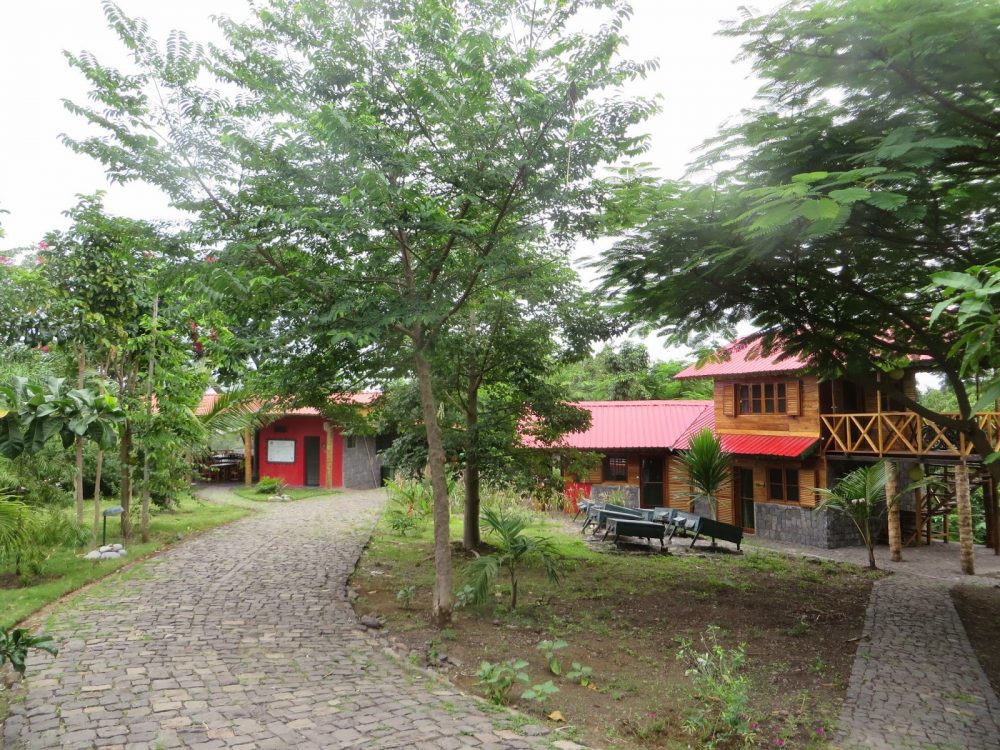
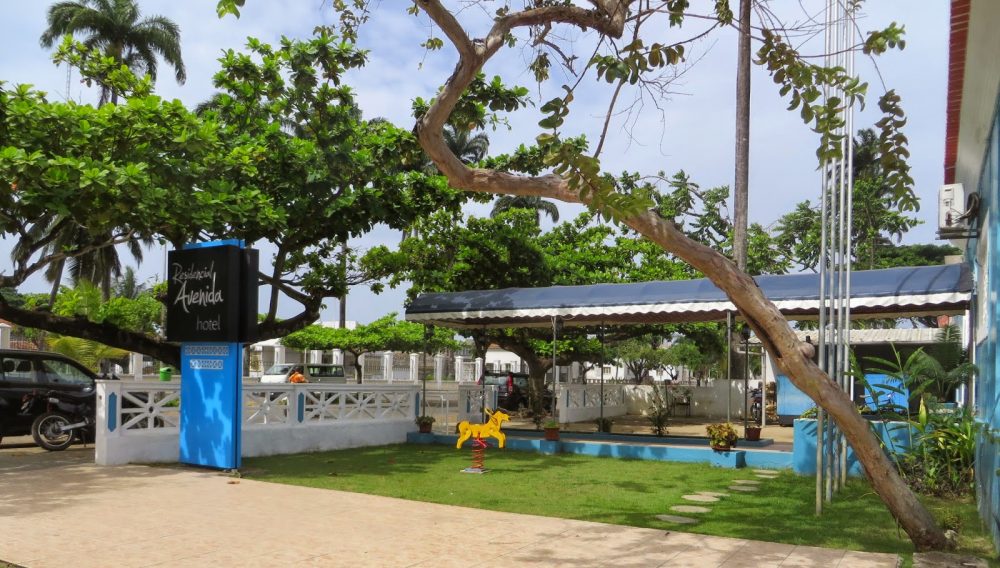
And did I mention finding a remarkable restaurant located in an eighteenth-century Portuguese manor house? The chef is an internationally trained wonder, and serves a two-hour, eight-course lunch for the princely sum of €25 per person.
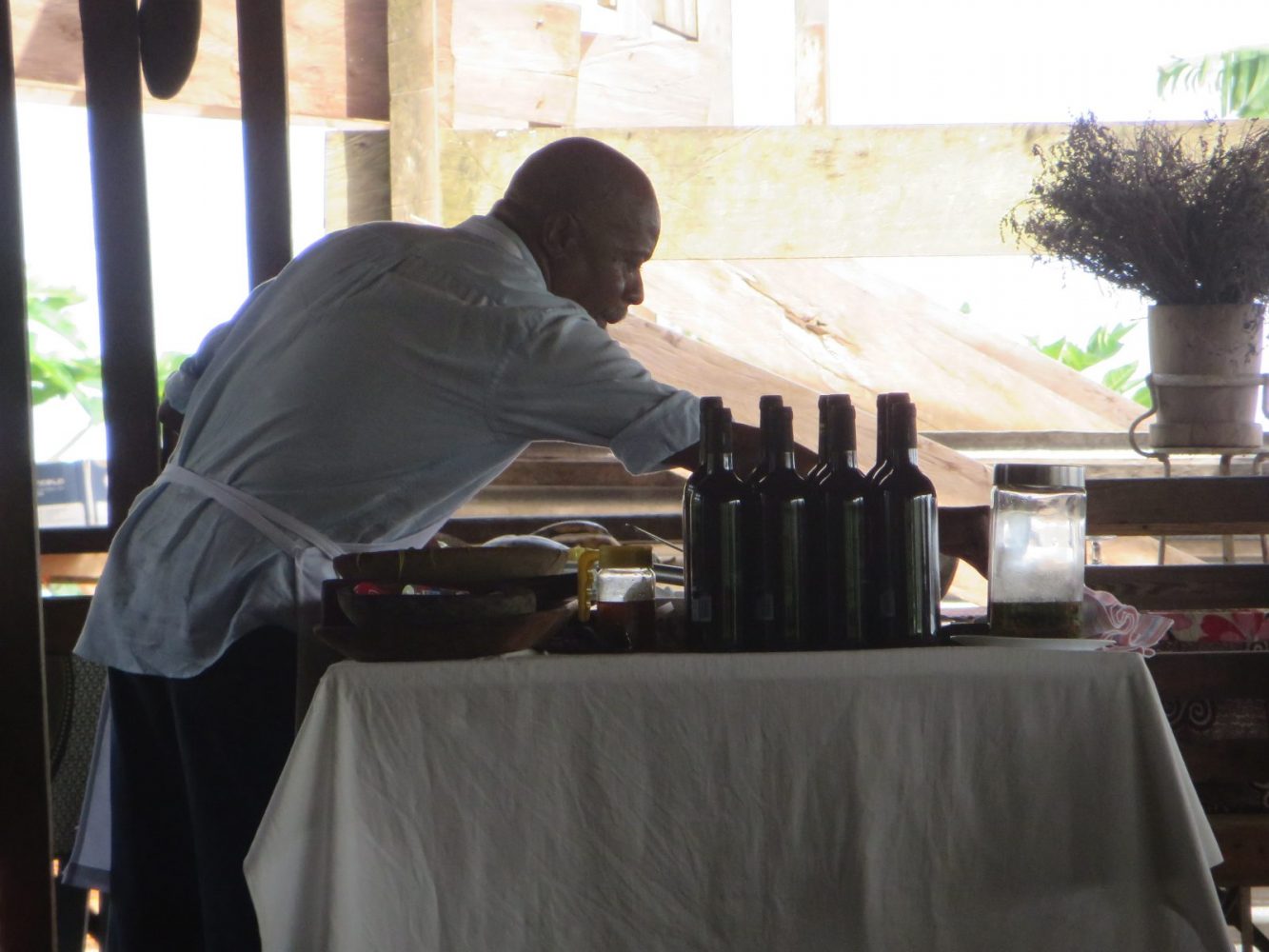
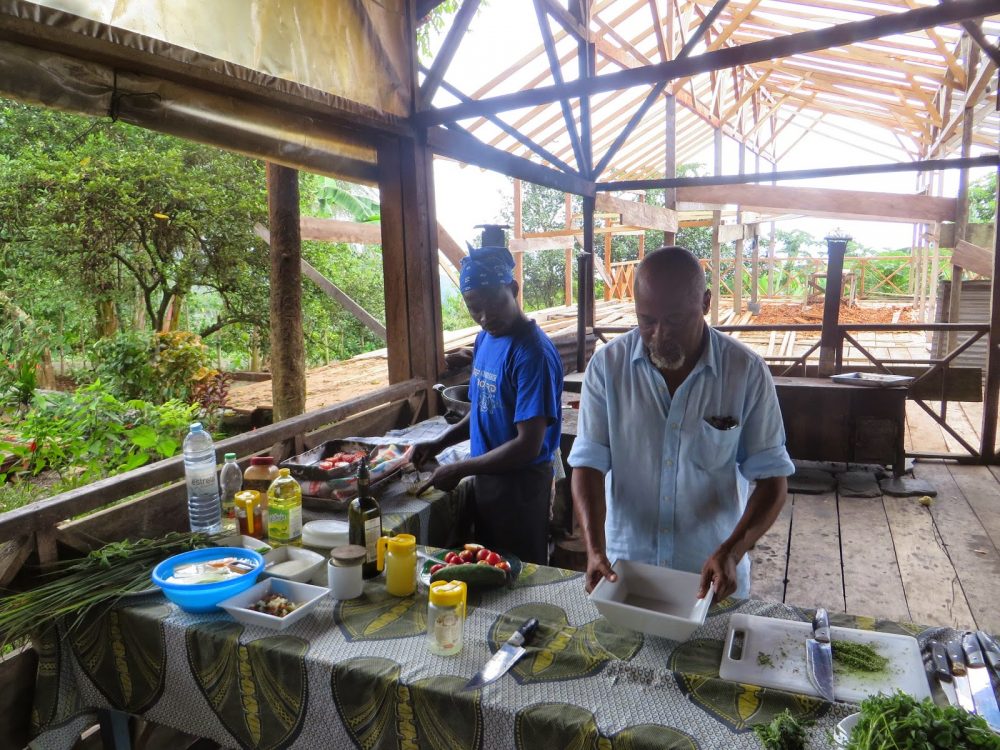
Tiggers like Cabo Verde and São Tomé.
